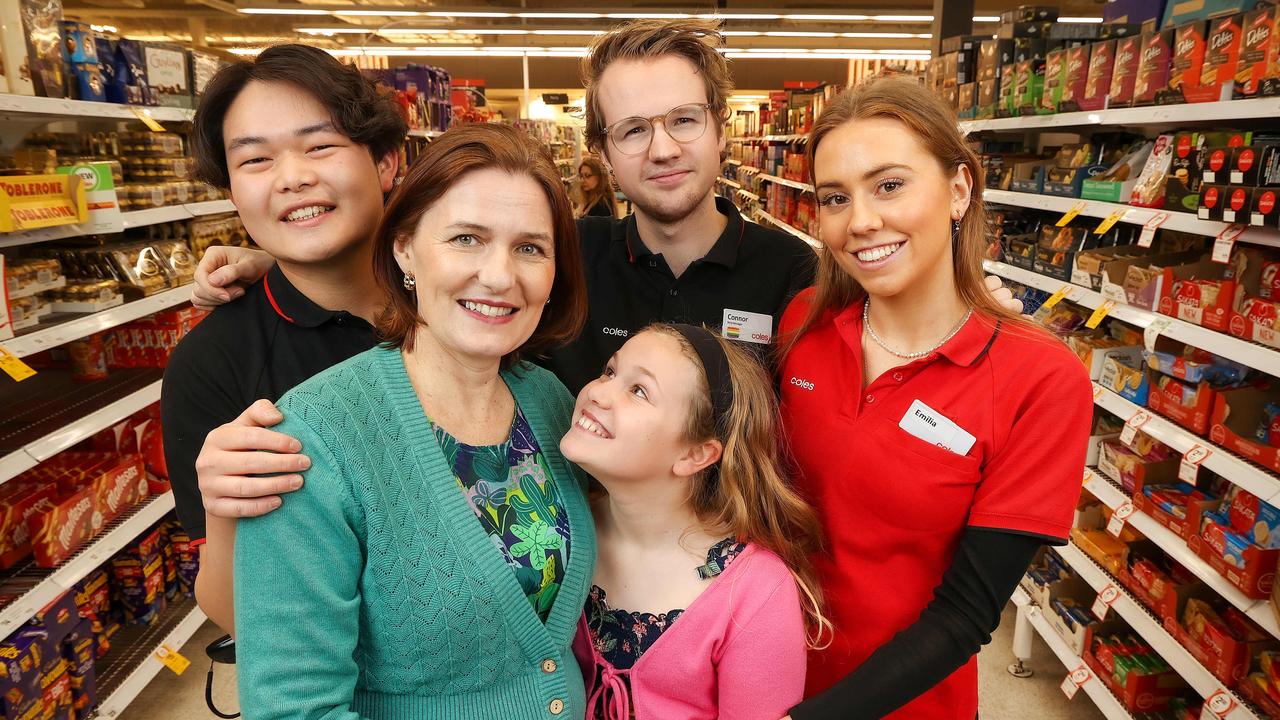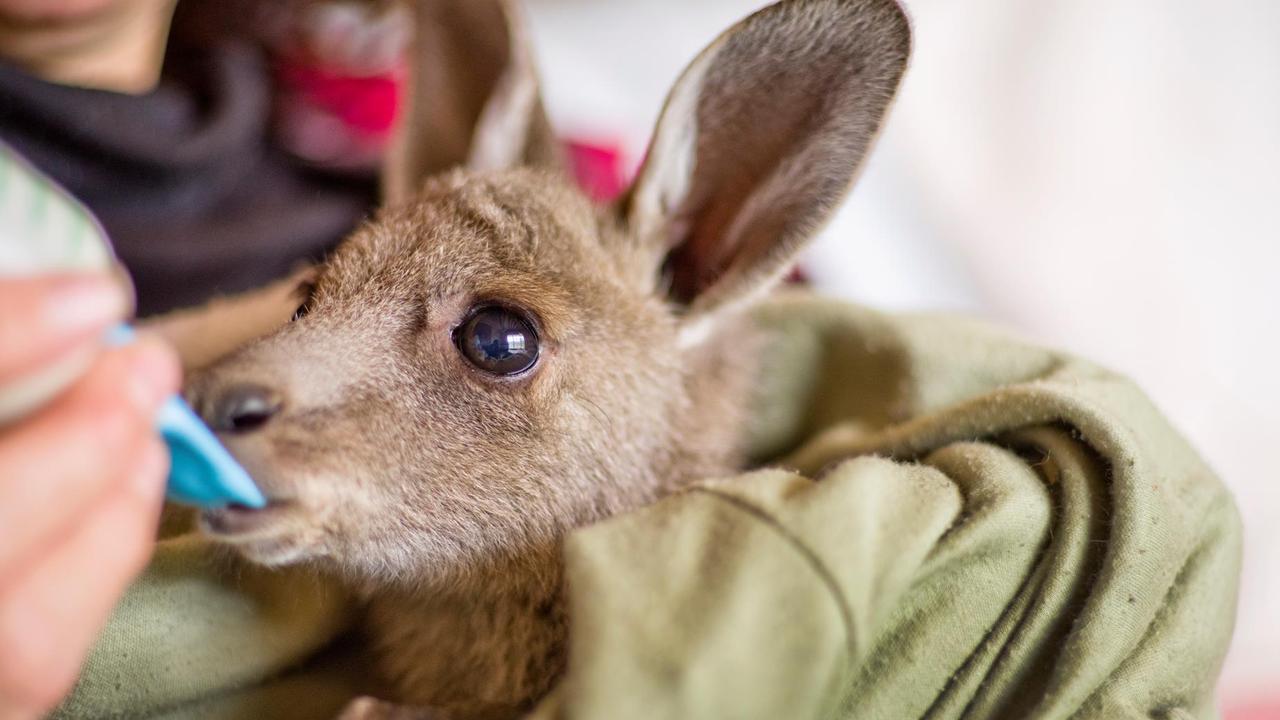New research hope as scientists show the damage from stroke can be contained in children
MELBOURNE researchers are harnessing the way a child’s brain limits damage from stroke, to reduce injury in the brains of adults — even when the treatment is given a week after the event.

VIC News
Don't miss out on the headlines from VIC News. Followed categories will be added to My News.
MELBOURNE researchers are harnessing the way a child’s brain limits damage from stroke to reduce injury in the brains of adults — even when the treatment is given a week after the event.
Findings from the proof-of-concept study in animal models, presented at the Australasian Neuroscience Society annual scientific meeting, is one of a number of experimental drug cell therapies, and hypothermia techniques, being developed to limit damage or stop scars forming in the brain after stroke.
LONG-TERM ASSESSMENT NEEDED AFTER CHILDHOOD STROKE — STUDY
Researchers from the Australian Regenerative Medicine Institute, based at Monash University, have found a molecule that blocks widespread damage in childhood stroke patients, but is no longer present in the adult brain.
In preclinical tests, they have shown it can stop the chain-reaction of damage after the brain injury, and promote survival of remaining cells.
“We’re not trying to save the tissue that’s affected by the stroke, but save the surrounding tissue that starts to die in a chain-reaction,” research fellow Dr Leon Teo said.

“The best part of what we’re doing is we’re putting it in a week after stroke and we’re still seeing a significant rescue of neurons.”
With more than 60,000 Australians suffering a stroke each year and current treatments needed to be administered within six hours of injury, Dr Teo said it was hoped the potential therapy could give options to those who lived too far from hospitals or who had a stroke during sleep and didn’t know when it had occurred.
They will now look to develop different ways to apply the molecules in the brain for different brain-injury applications — such as a gel to fill in areas of resected brain tumours, or a slow-releasing substance to coat electrodes used for deep brain stimulation in Parkinson’s disease.
Other Monash researchers are using stem cells taken from human placentas as a way of protecting the brain following a stroke.
Research presented by Dr Brad Broughton showed that stem cells administered three days after stroke in young mice, and the day after the event in older animals, could improve their functional recovery and reduce the area of dead tissue in the brain, from the blocked arteries supplying blood to the brain, following ischemic stroke.


